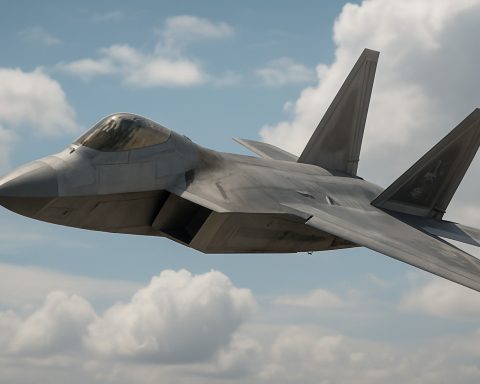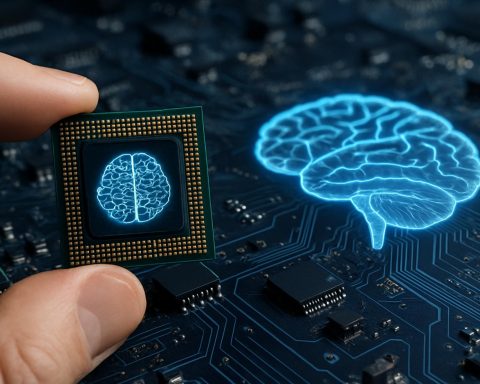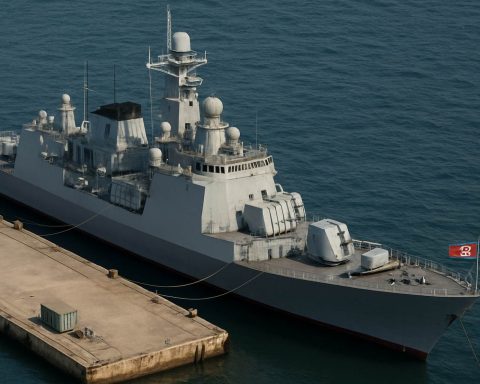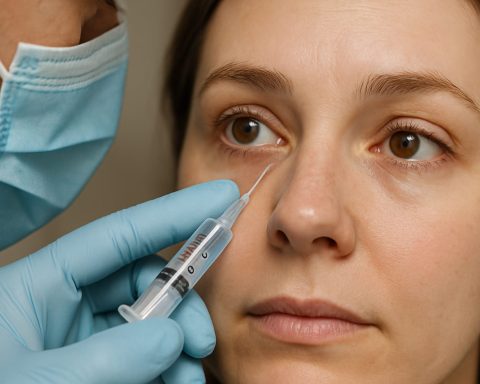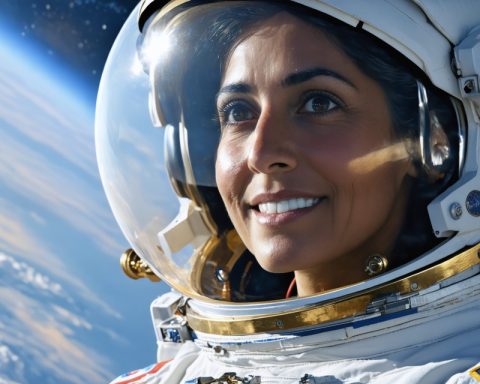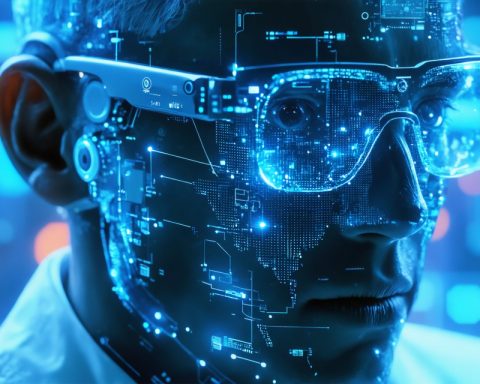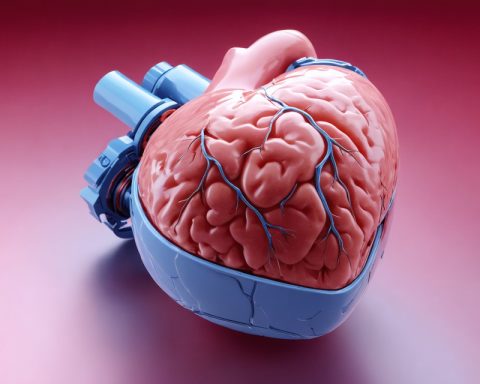- Barry “Butch” Wilmore endured a 286-day mission on the ISS, highlighting microgravity’s toll on astronauts.
- Originally an eight-day mission, the journey extended due to a helium leak, with Wilmore returning via SpaceX’s Dragon capsule.
- Prolonged zero gravity causes significant muscle atrophy and bone density loss, challenging post-mission recovery.
- Cardiovascular issues, such as orthostatic intolerance, affect astronauts adapting back to Earth’s gravity.
- The vestibular system disruption leads to balance and spatial orientation challenges upon return.
- NASA implements rigorous rehabilitation programs to aid recovery, emphasizing the need for innovative countermeasures for future long-term missions.
- Wilmore’s experience underscores the critical task of mitigating microgravity’s effects as space agencies plan longer voyages.
The thrill of exploring the vast unknown comes with an often-overlooked price, as NASA astronaut Barry “Butch” Wilmore can attest. After returning from a grueling 286-day mission aboard the International Space Station, Wilmore’s struggles to stand and walk emphasize the profound impact of microgravity on the human body.
The mission, launched in June 2024 aboard Boeing’s Starliner, was intended to be an eight-day stint. Due to an unexpected helium leak, plans derailed, and a quick trip turned into a near-yearlong odyssey. Rescued by SpaceX’s Dragon capsule in March 2025, Wilmore and his crewmate Sunita Williams returned home to find gravity an unwelcome adversary.
Back on solid ground, Wilmore experienced the stark reality of his body’s transformation. Microgravity, while a neutral embrace in space, reconfigures our earthly shells in unsettling ways. Muscles, relieved from the task of supporting weight, deteriorate—a condition known as muscle atrophy. Wilmore’s legs, muscular sentinels of terrestrial life, now struggled to perform their everyday duties.
Beyond muscle weakening, extensive time in zero gravity takes a toll on bones, sapping them of calcium and rendering them more susceptible to fractures. The quiet thief of bone density is one astronauts know too well, requiring concerted efforts of rehabilitation upon their return.
Even the heart, accustomed to Earth’s gravity, becomes attuned to the lighter demands of space. Astronauts often face cardiovascular challenges, including orthostatic intolerance, the disconcerting difficulty of standing upright without nearly passing out. As blood gathers in the upper body and head, swelling and increased intracranial pressure become common companions.
Perhaps most disorienting is the disturbance to the vestibular system. The brain, bereft of gravity’s clues, struggles to regain its bearings. Balance and spatial orientation temporarily desert returning astronauts, leaving them dizzy and unstable.
Despite these hurdles, NASA remains vigilant. Wilmore and his colleagues undergo rigorous reconditioning programs, coaxing resistant muscles and bones back to life. The journey back to normalcy can span weeks, highlighting the resilience required not just in space but also in adapting to life afterward.
Wilmore’s ordeal is a vivid reminder of the challenges posed by extended space missions. As missions stretch beyond the brief to protracted periods in microgravity, the need for sophisticated methods to counteract these physical changes becomes paramount. Future space travelers, possibly journeying to Mars and beyond, may find themselves facing even more daunting recoveries.
As space agencies eye longer explorations, understanding and mitigating the effects of microgravity emerge as critical tasks. The resilience of astronauts like Barry Wilmore serves as both warning and inspiration—a testament that reaching for the stars requires a readiness to pay gravity’s price upon return.
The Price of Space Travel: What Astronauts Face After Prolonged Missions
Exploration beyond our planet offers unparalleled adventure, but it also comes with considerable physical challenges, as NASA astronaut Barry “Butch” Wilmore’s recent experience shows. After a supposed eight-day mission turned into a 286-day ordeal due to unforeseen circumstances, Wilmore faced significant health hurdles upon his return. Here we explore additional aspects of the impact of long-term space missions and how astronauts and space agencies are preparing for the future.
The Impact of Prolonged Microgravity
Extended exposure to microgravity during space missions leads to several notable physiological changes:
1. Muscle Atrophy and Rehabilitation: Muscles deteriorate in microgravity as they are no longer required to bear weight. Astronauts like Wilmore must undergo extensive rehabilitation to regain muscle mass and strength. Recovery can involve resistance exercises and physical therapy tailored to individual needs.
2. Bone Density Loss: Without the stress of gravity, bones lose density at an accelerated pace, increasing fracture risks. NASA implements countermeasures such as resistance training and nutritional adjustments to mitigate these effects.
3. Cardiovascular Adjustments: The heart adapts to space by reducing its workload, which can lead to cardiovascular deconditioning. Astronauts might experience orthostatic intolerance and other circulatory challenges after returning to Earth.
4. Vestibular System Challenges: Space affects spatial orientation and balance, often leaving astronauts feeling disoriented upon return. Rehabilitation focuses on retraining the vestibular system to adapt back to Earth’s environment.
Addressing the Challenges
To better prepare for extended missions such as those to Mars, NASA and other space agencies are researching various strategies:
– Innovative Exercise Regimens: Using advanced exercise equipment like the Advanced Resistive Exercise Device (ARED), astronauts perform weightlifting exercises essential for combating muscle and bone loss.
– Pharmacological Interventions: Research is ongoing into medications that could support bone and muscle health in space.
– Artificial Gravity: Concepts such as spinning spacecraft to create centripetal force may offer partial gravity environments to alleviate physiological concerns.
Future of Space Exploration
As missions to Mars become a focal point, understanding the long-term impacts of space travel remains crucial. Current studies and test missions are paving the way for safer and more sustainable space exploration. Publications by NASA and ESA offer insights into evolving strategies and technologies that could mitigate the risks of prolonged weightlessness.
Quick Tips for Aspiring Astronauts
– Diversified Skills: Training for physical endurance and resilience, alongside technical expertise, is crucial for aspiring astronauts.
– Continuous Learning: Staying updated with NASA’s latest research and space health insights prepares you for the challenges of spaceflights.
– Health Management: Focusing on physical and mental health routines is essential both pre- and post-mission.
For more on space missions and advancements, visit NASA.
By adapting to these challenges, space agencies aim to ensure future explorers can withstand microgravity’s toll and thrive upon their return. As we reach for distant worlds, equipping astronauts with tools and knowledge to manage health risks is paramount.



